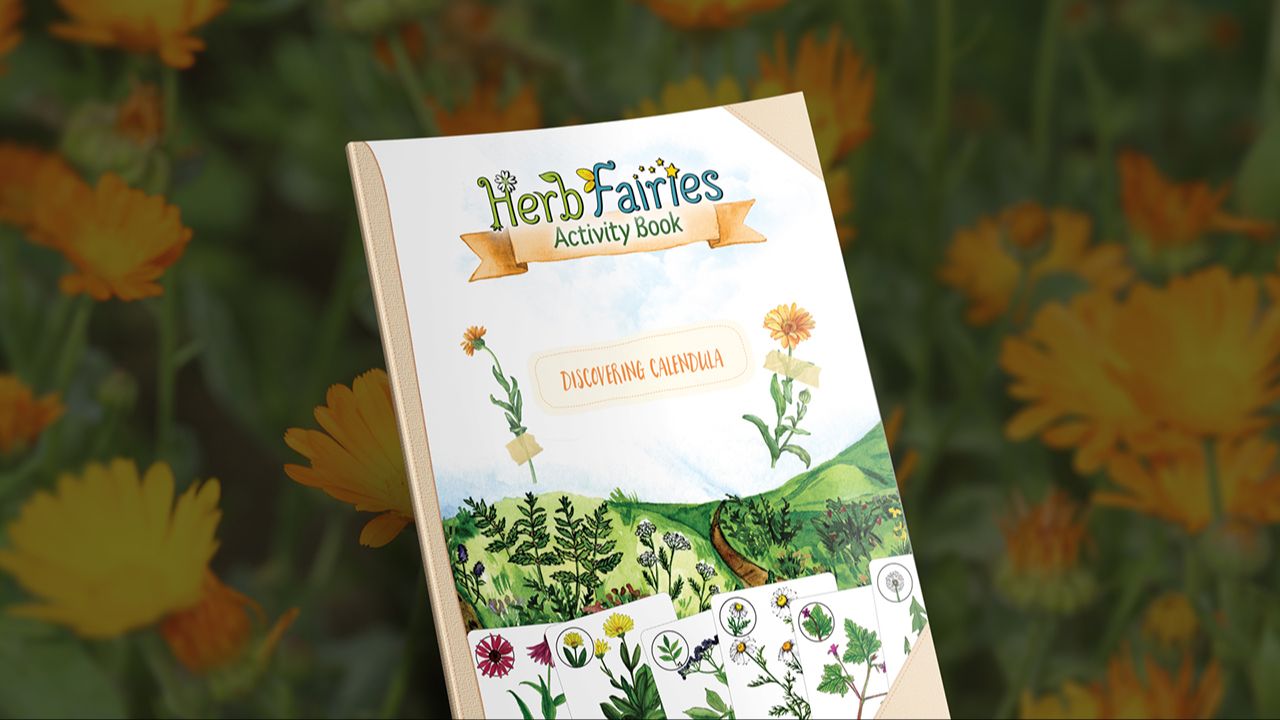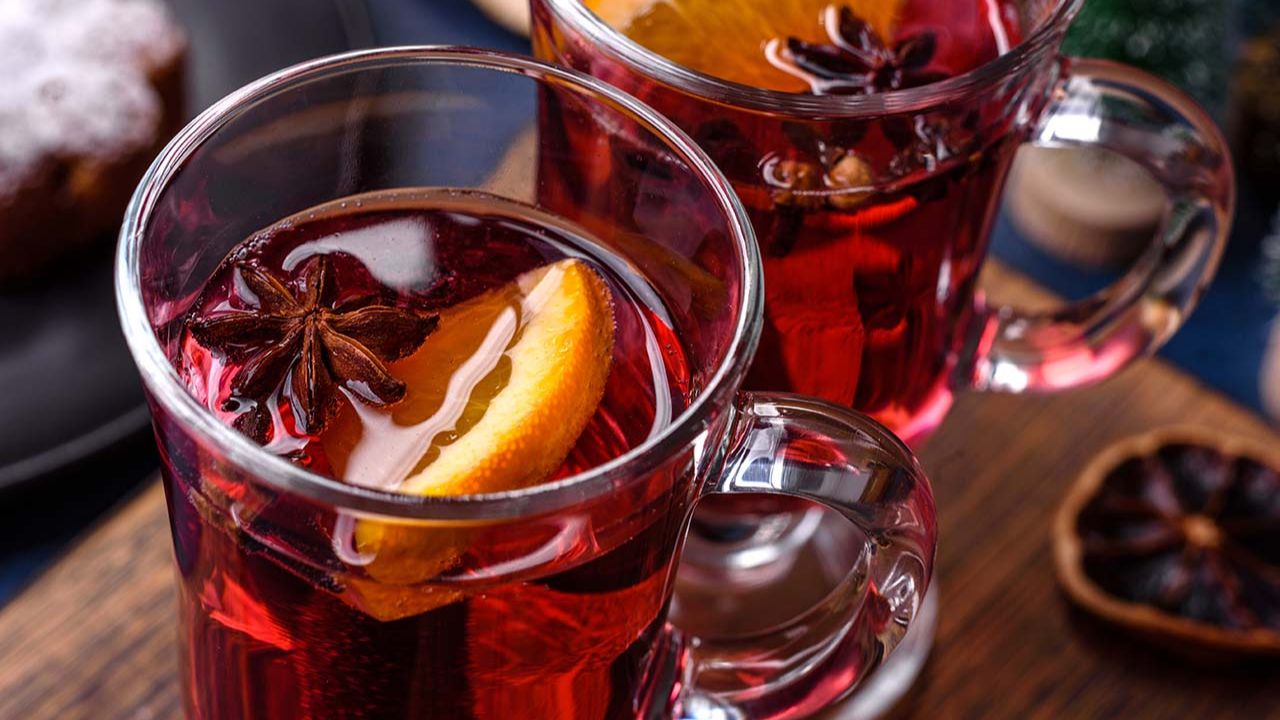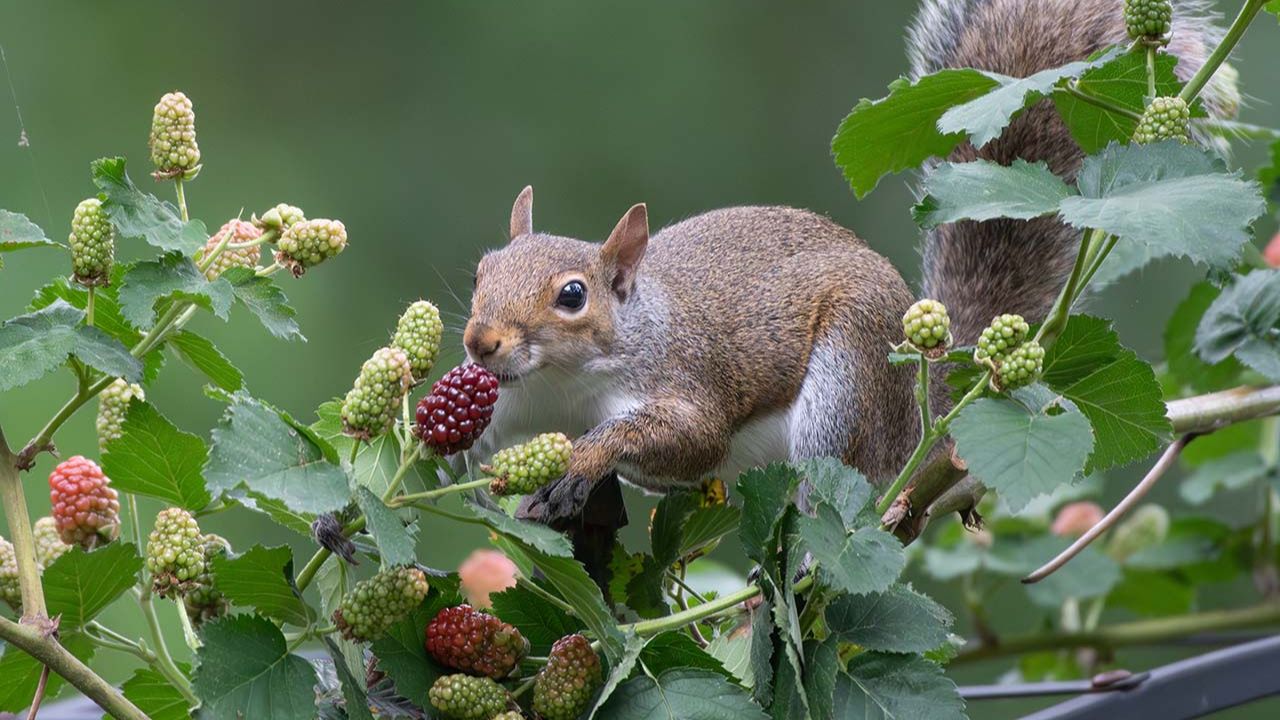
Bee Balm Uses and Plant Monograph
Bee balm’s flowers explode in a colorful display ranging from soft lavender and white to dark pink and brilliant red. Its generous blooms, gorgeous hues, and aromatic scent attract many pollinators, from bees to hummingbirds. In doing so, it provides endless entertainment in the herbal garden. It grows up to five feet tall and the bees can’t get enough of those blooms, buzzing from one to another in such quantity that the whole bush seems to hum at a low frequency. I have been known to spend many a summer’s day watching hummingbirds drink from the flowers.
Although bee balm is easily grown in the garden, this spicy mint is endemic to North America and can be found growing wild throughout the US and Canada (see the USDA range map below). It has been used as medicine extensively by many different Native American tribes, including the Cheyenne, Cherokee, Choctaw, Navajo, Lakota, Ojibwa, and Winnebago.1
Bee balm has many gifts to offer. It can find its way into your culinary spice cabinet, yet can also be some of our most potent medicine against infections and stagnant conditions.

Bee Balm Uses & Plant Profile Summary
-
Botanical Name: Monarda fistulosa, M. punctata, M. didyma, M. citriodora, M. pectinata, M. maritima
-
Other Common Names: bee balm, horsemint, sweet leaf, Oswego tea, wild oregano, wild bergamot, scarlet Monarda, spotted bee balm, plains bee balm, seaside bee balm
-
Family: Lamiaceae (Mint)
-
Parts Used: leaves, flowers
-
Energetics: warming, drying
-
Taste: pungent (spicy)
-
Plant Properties: antimicrobial, carminative, stimulating diaphoretic, antispasmodic, emmenagogue, relaxing nervine, antifungal, vulnerary
-
Plant Uses: colds and the flu symptoms (fevers, sore throats, coughs), urinary tract infections (UTIs), yeast infections, topical fungal infections, digestive woes (indigestion, gas), wounds, burns, culinary spice, toothaches, menstrual pain, steam for congested sinuses, inflammation, diarrhea
-
Plant Preparations: infused honey, infused vinegar, tincture, steam inhalation, infused oil and salve, culinary spice, cough syrup, douche
Energetics
Bee balm is spicy, warming, stimulating, and diffusive. While its taste is similar to thyme and oregano, it assuredly has its own special flavor. The flavor can also vary widely between species or even within the same species growing in different locations.
One of the most common questions I get about bee balm is, “Can I use all the species similarly?” My answer is, “Yes and no.” While the species are used in similar ways, their wide differences in flavor show us that specific use and dosage will vary between plants. This is the perfect example of why it’s so important to taste herbs all the time. It is only by consistently tasting and getting to intimately know them through their taste profiles that we can really begin to understand the nuances between the species and between individual plants.
There’s another reason to taste bee balm. Bee balm is a wonderful plant to taste to experience the quality of diffusiveness. Diffusive herbs break up stagnant energy and move it throughout the body. Examples of stagnant energy in the body include stuck mucus in the lungs or sinuses, sluggish digestion with bloating and belching, and a feeling of coldness in the hands and feet.
Drinking a strong tea of bee balm shows you exactly how the diffusive action feels. You can feel warmth spread from your core to your periphery, and you can feel stagnant energies (such as mucus or digestion) begin to release and move if applicable.
“In its general influence Monarda punctata is a pure active stimulant of a diffusible character; a few drops of the oil on the tongue will produce a stimulation which will be felt at the tips of the fingers in a few minutes. It stimulates the nervous system and increases the heart’s action, taking the place of alcoholic stimulants to a great extent. The essence, tincture or infusion are all prompt in their action. It soothes nervous excitement when due to exhaustion, promoting sleep and rest.”
- Finley Ellingwood, 1919

Infections
Mouth Infections
A tea made from bee balm, or a tincture of bee balm diluted in water, not only freshens the breath but can also address infections in the mouth and gums. In regards to chemical constituents, bee balm is closely related to thyme and oregano, all of which contain high concentrations of thymol, which is a strong antimicrobial.2 Thymol is a major ingredient in many commercial mouthwashes, but here we have a source that can grow right in our backyard.
Thymol has been shown to inhibit oral cancers in vitro.3 It would be interesting to see human clinical trials using the whole plant medicine of bee balm.
Fungal and Yeast Infections
Bee balm is strongly antifungal, lending itself to combatting topical infections as well as imbalanced gut flora. Bee balm hydrosol was shown to be effective against filament formation and growth of Candida albicans.4 For topical fungal infections, try a wash made from Monarda tea, in addition to taking it internally as a tincture or tea.
Seborrhea is a chronic skin condition that commonly effects the sebaceous glands. It can manifest as dandruff or cradle cap and may partly be due to a yeast overgrowth. One study showed that Monarda essential oil is a prospective antiseborrheic medicine.5
For fungal overgrowth, drink Monarda tea or regularly take drops of the tincture. For chronic vaginal yeast infections, drink the tea as well as using the cooled and diluted tea as a douche.
“Oil of Oregano is currently a popular item in alternative medicine for combating Candida and various infections, but what most people do not know is that the active constituent of Oil of Oregano is present in large amounts in our own Monarda. For anything you might use Oil of Oregano for, you can substitute the prolific (and cheap) Monarda.”
- Kiva Rose Hardin, 1919

Urinary Tract Infections
Bee balm’s strong antimicrobial actions make it a fabulous remedy for urinary tract infections (UTIs). I like to combine it with a mallow (Malva spp.) or marshmallow root (Althaea officinalis) to soothe the inflamed urinary tract. A preliminary in vitro study showed that when cranberry (Vaccinium macrocarpon) was used in conjunction with thymol, there was an increased ability to disrupt the Escherichia coli (E.coli) biofilms that are often associated with UTIs.6 I find a blend of bee balm, cranberry, and marshmallow to be a lovely and healing tea for the urinary tract.
Bacterial Infections
One in vitro study of Monarda punctata showed that the essential oil exhibited a broad spectrum and variable degree of antibacterial activity against different strains of bacteria that often infect the upper respiratory tract including: Streptococcus pyogenes, Escherichia coli, and Streptococcus pneumoniae. The researchers also stated, “The essential oil even caused serious morphological damage to the drug resistant Staphylococcus aureus which is very encouraging.”7

Digestion
Ever feel like your digestion is stuck? As if food simply sits in your stomach weighing you down? As a spicy carminative herb, bee balm can promote healthy digestion and relieve discomforts such as indigestion, bloating, cramping, and excessive gas. It is especially helpful when there are accompanying signs of coldness (e.g., white coating on tongue, abdomen feels cold, general feelings of coldness).
Historically bee balm was used against cholera and is still used today to address diarrhea.
“[Bee balm] soothes gastric and intestinal pain in the absence of inflammation, especially in Cholera Morbus and overcomes nausea and vomiting. It controls diarrhea from debility with relaxation of the mucous structures of the intestinal canal.”
- Finley Ellingwood, 1919
Colds and the Flu
Remember that bee balm is a diffusive herb? It brings heat from the core of the body to the periphery and can move many of the stagnant conditions associated with an upper respiratory infection.
This warming diffusive quality makes bee balm a powerful, one-stop pharmacy for the cold and flu season. Reach for it especially when there are any signs of coldness, which can be as simple as feeling chilled.
Infused Monarda honey can soothe a sore throat. The hot tea can ease the discomfort of a fever with chills. Herbalist Matthew Wood recommends it when there is a fever with clammy and cold skin.8 The tea or inhaled steam can loosen congested mucus in the nose and lungs.
Emmenagogue
One of the ways bee balm helps to break up stagnancy through its diffusive actions is by promoting delayed menses and helping to reduce the spasms of menstrual cramping. This is called an emmenagogue action. Because of this property, bee balm should not be taken during pregnancy.
Wounds and Burns
Bee balm is a wonderful remedy for burns. It can be infused in honey or vinegar, and used as a tea wash or even as a spit poultice. Once the heat has left the burn, it can be applied as an infused oil or salve.
Consider Growing It!
Bee balm is hard to find in commerce, but it is a beautiful and easy plant to enjoy in the garden. Its beautiful lavender, red, white, or pink blooms are easy to love. Plus, it attracts many pollinators, including hummingbirds. I can easily grow a year’s worth of bee balm – plus leave flowers behind for pollinators – from one stand of plants. Bee balm can be susceptible to powdery mildew, so avoiding overhead watering is important. Look for which species may grow near you and consider cultivating them.
A study in the Great Lakes region showed that Monarda fistulosa was one of the top three plants for being most attractive to bee communities.9

Plant Preparations
All species of bee balm can be used in a similar manner; however, once you taste various species, you can easily see how much difference there is between them. Some bee balm plants are super-hot and spicy. Others tend to be milder. The particular qualities of the bee balm you have will help to determine dosage as well as use. I personally prefer the spicy hot nature of Monarda fistulosa. Others prefer the milder aspects of M. didyma.
The taste can even vary between individual plants within the same species. The flowers are often milder than the leaves. Bee balm gives us lots of tasting opportunities to really understand that nature is never standardized.
When making a tea, steep the plant covered for 5 to 15 minutes. Longer steeping might produce a tea that is difficult to drink due to the high volatile oil content.
Bee balm makes a great alcohol extract (tincture) and can also be extracted into honey (fabulous for sore throats), vinegar (great salad dressing or added to honey for an oxymel), and oil (wonderful for making salves).
It also makes a great culinary spice. Consider adding it to dishes where you would normally add oregano or thyme. Eggs, pizza, marinara sauce, and even vegetables and steak all combine well with this spicy plant.
Dosage Suggestions
- Tea: 2-6 grams of dried plant per day
- Tincture (dried): 1:5, 40% alcohol. 2-4 mL, three times a day
- Tincture (fresh): 1:2, 50% alcohol. 2-4 mL, three times a day
- Essential oil: Dilutions of 1% or less (1 drop of EO in 100 drops of carrier oil)
Special Considerations
Bee balm is considered safe for most people, but because of its ability to promote suppressed menstruation, it should not be taken in medicinal doses by pregnant women.10









